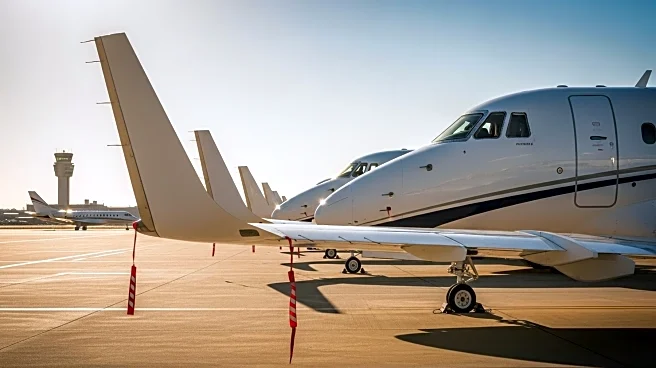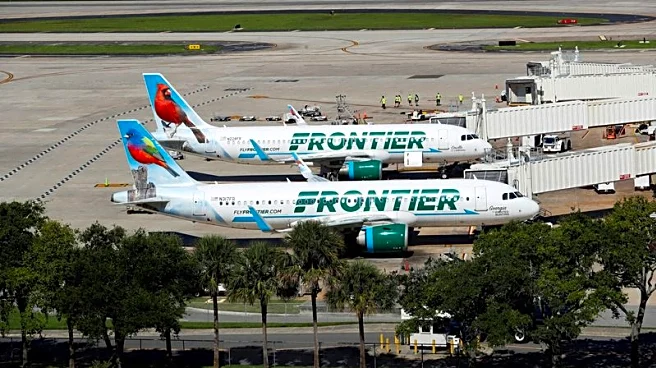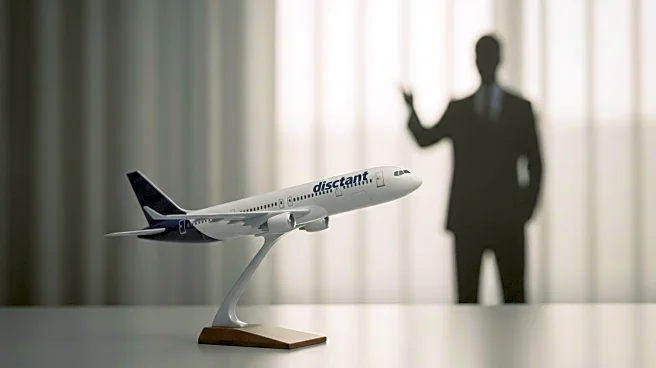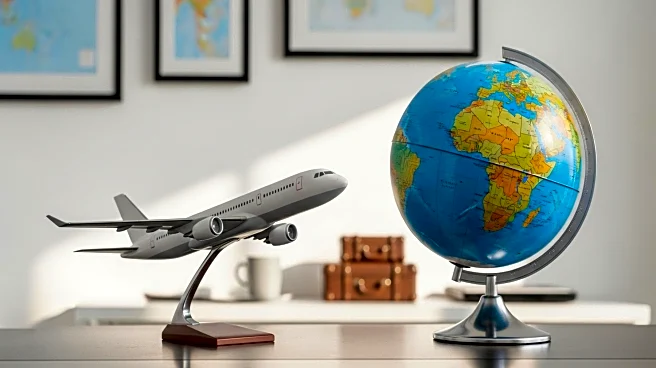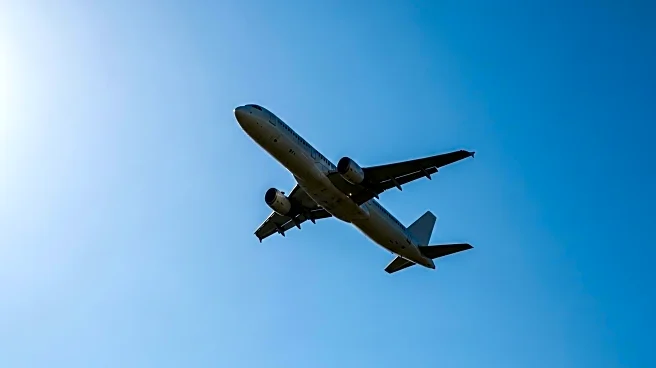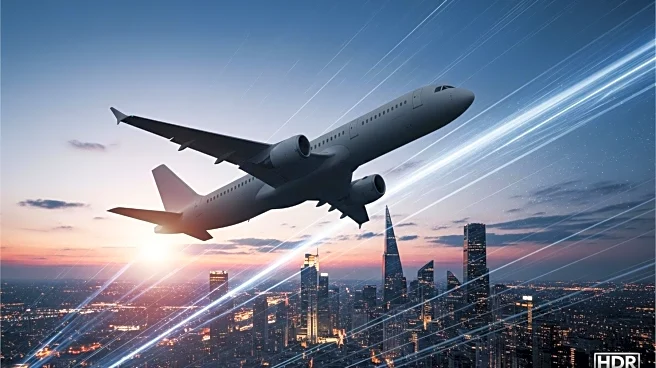What's Happening?
United Airlines CEO Scott Kirby has announced significant operational improvements at Newark Liberty International Airport, attributing the progress to increased staffing and enhanced technology implemented by the Federal Aviation Administration (FAA) and the Department of Transportation (DOT). Earlier this year, the airport faced challenges due to air traffic control issues and construction, leading to numerous flight cancellations. In April, the FAA had only 24 certified professional controllers at the facility, although it required 38. This shortage was exacerbated by incidents such as a 30-second radio communication loss and a 90-second radar outage, resulting in five controllers taking trauma leave. In response, the FAA reduced the number of flights allowed into the airport by 25% to alleviate congestion. United Airlines has since reported a more reliable summer season, with six million passengers flying on time through Newark, the highest in the airline's history.
Why It's Important?
The improvements at Newark Liberty International Airport are crucial for United Airlines, as it is one of their key hubs. The operational enhancements are expected to boost the airport's reliability and on-time performance, which is vital for maintaining customer satisfaction and competitive advantage. The FAA's decision to limit flights has helped manage congestion, allowing for a smoother operation. This development is significant for the airline industry, as it demonstrates the impact of strategic staffing and technological upgrades on airport efficiency. Additionally, United Airlines plans to expand its services by adding flights to international and domestic destinations, which could increase its market share and revenue. The changes also highlight the importance of collaboration between airlines and federal agencies in addressing infrastructure and operational challenges.
What's Next?
United Airlines plans to continue its expansion at Newark Liberty International Airport by adding flights to six international and five domestic destinations. The airline also intends to hire 2,500 additional staff based at the airport. However, it remains to be seen how the airline and the FAA will manage capacity with the increased number of flights. The ongoing collaboration between United Airlines and federal agencies will be crucial in ensuring that the airport can handle the additional traffic without compromising on reliability and performance. Stakeholders, including passengers and industry analysts, will be closely monitoring the situation to assess the long-term impact of these changes on the airline's operations and customer experience.

